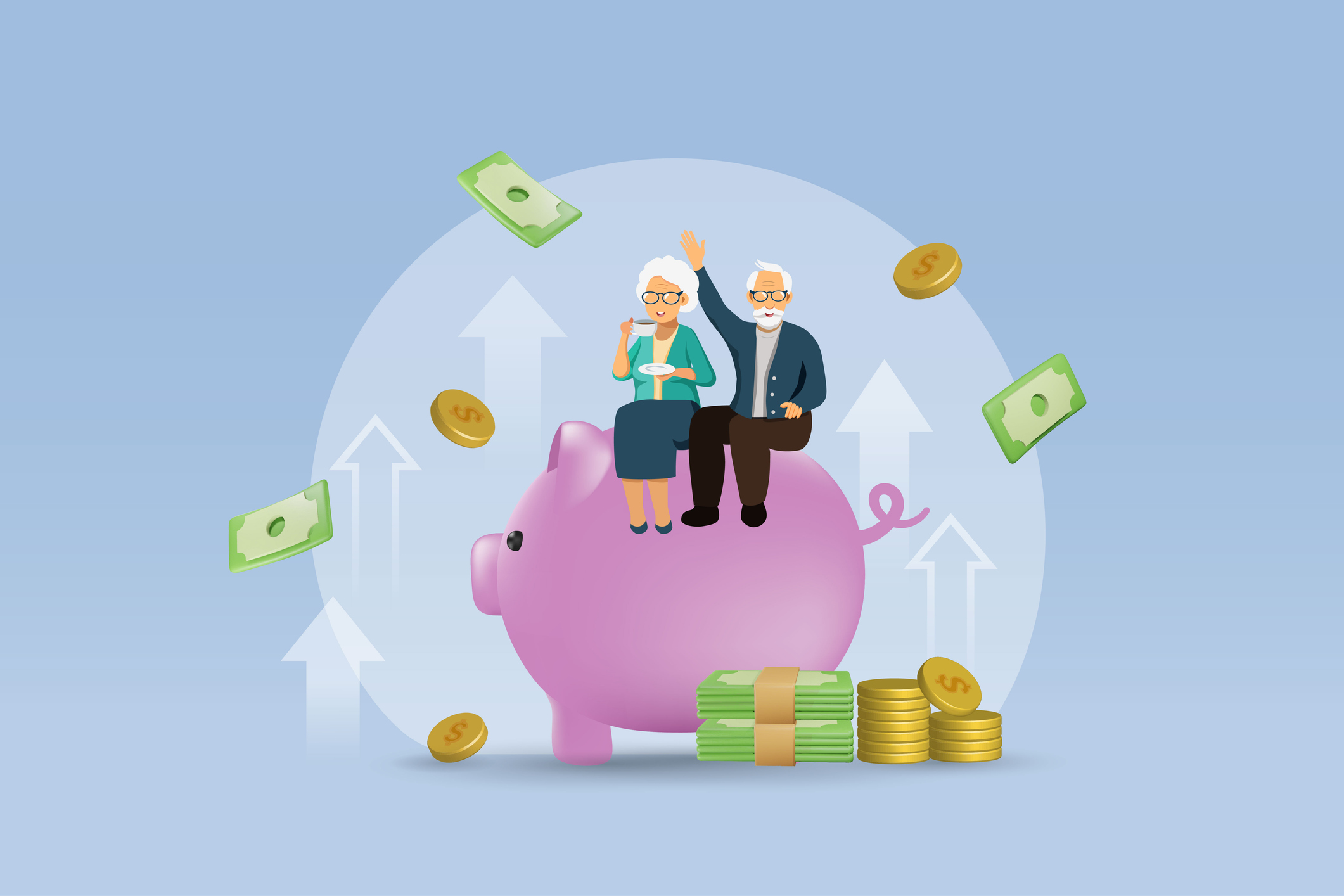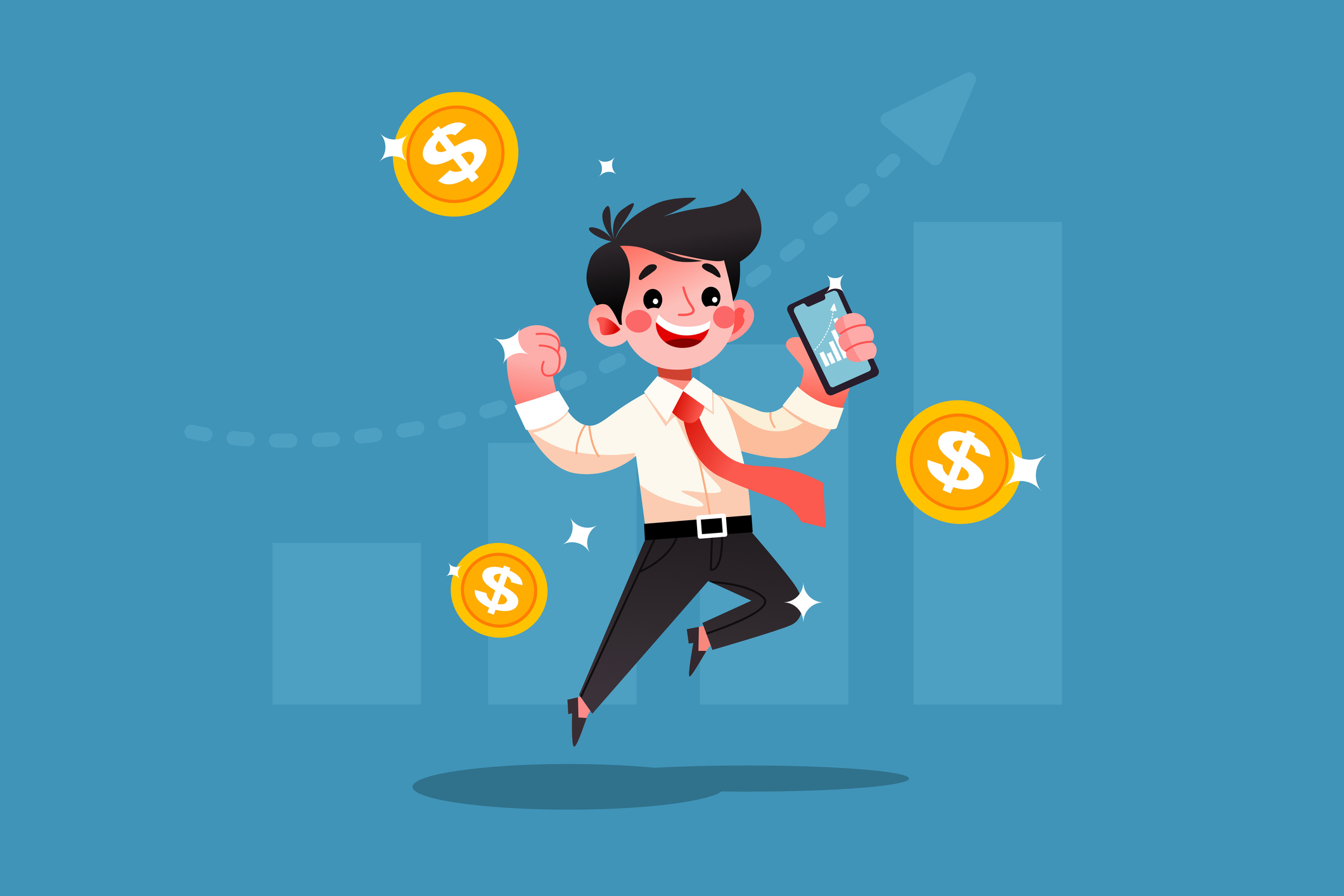Callable CDs: Was Your High-Yield CD Called Back Before It Matured?
Here's what you need to know about callable CDs, which let banks redeem your CD before its official maturity date.

Did you open a CD with a stellar APY only to have it called back before its maturity date? If you have what’s known as a “callable CD,” you may not have actually locked in that high CD rate for the entire term.
Typically, callable CDs offer higher rates than traditional CDs, but they require more investment strategy. Getting the highest yield possible may sound like a great reason to open a callable CD — until the bank redeems your CD far before its maturity date, leaving you to open another account at a lower rate.
Didn’t read the fine print and had your CD “called” back unexpectedly? Here’s what you need to know about callable CDs.
From just $107.88 $24.99 for Kiplinger Personal Finance
Become a smarter, better informed investor. Subscribe from just $107.88 $24.99, plus get up to 4 Special Issues

Sign up for Kiplinger’s Free Newsletters
Profit and prosper with the best of expert advice on investing, taxes, retirement, personal finance and more - straight to your e-mail.
Profit and prosper with the best of expert advice - straight to your e-mail.
What is a callable CD?
Callable CDs are similar to traditional CDs, but there is one key difference. Callable CDs let the bank or brokerage firm call back your CD before its official maturity date. You will still receive your entire principal and any interest you have earned until that point, but you’ll miss out on future earning potential. Often, callable CDs have longer terms than traditional CDs, with maturities usually ranging from 15 to 20 years.
When savings rates fall, a bank is more likely to call back a CD. If you open the CD with a 5% interest rate and rates have fallen significantly since then, it’s not in the bank's best interest to pay that 5% rate. On the other hand, if rates increase, your CD is less likely to be called.
Rates on savings accounts have been steadily dropping, especially after the Fed’s September meeting, when it cut interest rates for the first time in four years. Back in 2022, when the Fed began its rate-hiking campaign, savings rates skyrocketed, leading to a surge in popularity among CD accounts. However, as inflation cooled, the Fed paused rate hikes before eventually cutting rates by 50 basis points, which caused yields on CD accounts to fall significantly.
To browse current rates on traditional CD accounts, use our tool below, powered by Bankrate.
However, the bank can't call a CD until the call protection period has ended. The call protection period is the timeframe from when you open the account until the issuer can call back the CD, which can range from a few months to a few years, depending on the maturity of the account.
Bottom line
While callable CDs offer higher rates than traditional CD accounts, they have one huge caveat — the bank can revoke the CD before its set maturity day, which is typically done when rates fall. And rates have been on the decline in recent months. So before you open a CD, be sure to read the fine print, or you could miss out on future earnings. And if you do decide to open a callable CD, ensure you have an investment strategy in place for when it gets called.
Related Content
Profit and prosper with the best of Kiplinger's advice on investing, taxes, retirement, personal finance and much more. Delivered daily. Enter your email in the box and click Sign Me Up.

Erin pairs personal experience with research and is passionate about sharing personal finance advice with others. Previously, she was a freelancer focusing on the credit card side of finance, but has branched out since then to cover other aspects of personal finance. Erin is well-versed in traditional media with reporting, interviewing and research, as well as using graphic design and video and audio storytelling to share with her readers.
-
 Gold and Silver Shine as Stocks Chop: Stock Market Today
Gold and Silver Shine as Stocks Chop: Stock Market TodayStocks struggled in Friday's low-volume session, but the losses weren't enough to put the Santa Claus Rally at risk.
-
 Don't Wait Until January: Your Year-End Health Checklist to Kickstart 2026
Don't Wait Until January: Your Year-End Health Checklist to Kickstart 2026Skip the fleeting resolutions and start the new year with a proactive plan to optimize your longevity, cognitive health, and social vitality.
-
 Premium Rewards Cards: More Perks, Higher Fees
Premium Rewards Cards: More Perks, Higher FeesSome issuers are hiking the annual fee on their flagship luxury credit cards by hundreds of dollars. Are they still worth using?
-
 Here's How Much You Can Earn with a $100,000 Jumbo CD
Here's How Much You Can Earn with a $100,000 Jumbo CDYou might be surprised at how fast a jumbo CD helps you reach your goals.
-
 Online Banks Still Lead on Rates, But Is Switching Worth it Now?
Online Banks Still Lead on Rates, But Is Switching Worth it Now?As interest rates trend down, online banks keep an edge on yields, but service, access and flexibility still matter. Here’s how the trade-offs stack up.
-
 Should You Renew Your CD?
Should You Renew Your CD?With rate cuts impacting earnings, we examine if now is a wise time to renew CDs.
-
 Where to Store Your Cash in 2026
Where to Store Your Cash in 2026Set yourself up for success with these strategies.
-
 CD vs. Money Market: Where to Put Your Year-End Bonus Now
CD vs. Money Market: Where to Put Your Year-End Bonus NowFalling interest rates have savers wondering where to park cash. Here's how much $10,000 earns in today's best CDs versus leading money market accounts.
-
 Smart Money Moves Savers Should Make in 2026
Smart Money Moves Savers Should Make in 2026These steps will get you on the road to achieving your 2026 savings goals.
-
 Want to Change Banks? Try This 'Soft' Strategy
Want to Change Banks? Try This 'Soft' StrategyThe "soft switching" banking trend allows you to explore a new bank account while keeping your primary one. See how it could benefit you.
-
 No-Penalty CD or High-Yield Savings? What Works Best Now
No-Penalty CD or High-Yield Savings? What Works Best NowDiscover which option can help you reach your savings goals quickly.